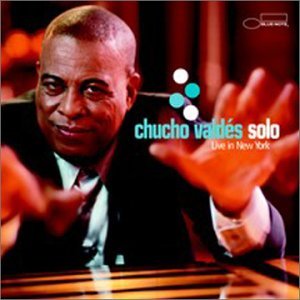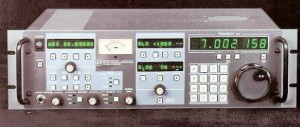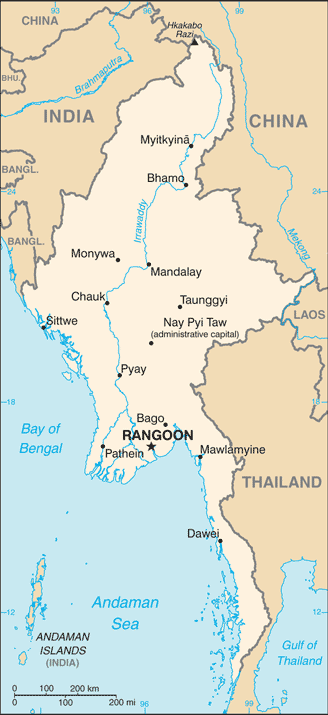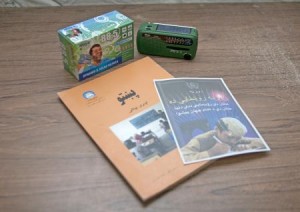 Ken Reitz (KS4ZR), features editor at Monitoring Times, has released a Kindle eBook called How To Listen To The World. It focuses on almost all aspects of listening to international broadcasts–see full table of contents in the press release below.
Ken Reitz (KS4ZR), features editor at Monitoring Times, has released a Kindle eBook called How To Listen To The World. It focuses on almost all aspects of listening to international broadcasts–see full table of contents in the press release below.
This would make a nice, inexpensive last-minute Christmas or birthday gift that can be delivered instantly.
At $2.99, it’s an easy decision! Click here to buy on Amazon. Note that you will either need an Amazon Kindle device or a Kindle application in order to read this book.
(Below: Full Press Release for How To Listen To The World)
“How to Listen to the World” by Ken Reitz KS4ZR is an introduction to shortwave listening, amateur radio, Free-to-Air satellite TV/radio, AM-FM DX, Internet radio and the new phenomenon of cord-cutting; getting off the addiction to cable and satellite-TV.
Much of the material is from columns and feature articles written by the author over the last two years for Monitoring Times, a national monthly magazine about all things radio, now in its thirty-first year. Each section has been updated to include the latest information available with over 100 links to the most important websites for each topic. Previously unpublished material has also been added to give a fuller understanding of each topic. Kindle e-books can be read on any e-reader, laptop, desktop, or smartphone.
About the Author:
A freelance writer since 1988, Ken Reitz has written hundreds of feature articles and columns covering radio and television for several national consumer magazines. He has interviewed many of the top industry leaders and reviewed dozens of new products in this field. He has also earlier enjoyed a five year career in commercial AM and FM broadcasting and has been an amateur radio operator for the last 24 years holding an Extra Class license under the call sign KS4ZR. He is currently the features editor at Monitoring Times for which also he writes the Communications and Beginner’s Corner columns.
“How to Listen to the World” Table of Contents
- Getting Started in Shortwave Listening
- Buying Your First Shortwave Radio
- Chasing DRM: The Elusive Dream of Digital Audio on Shortwave
- A Look at Three New Shortwave Radios
- The Best of the Cheap Shortwave Portables
- Listening to Shortwave Radio in Your Car
- Weather Facsimile via Shortwave on Your iPad
- Radio Pirates: The intriguing world of unlicensed broadcasting
- Amateur Radio for Everybody: Getting Your License
- Getting Started on HF Part I
- Getting Started on HF Part 2: Chasing DX
- Getting Started on HF Part 3: QSL those Contacts!
- Shortwave and Ham Antennas for the less Financially Endowed
- Loop your way to HF DX Success
- The Joys of Ten Meters
- Digital Operating on the Ham Bands
- Tuning in to the International Space Station
- Whatever Happened to TVRO?
- The Newest FTA Receiver: Manhattan RS1933
- AM-FM-TV DX
- FM-HD: A Long and Winding Road
- A Cord-Cutter’s Primer
- Internet Radio Listening in a Non-FiOS Home
 (Source: Susanna Rustin, The Guardian)
(Source: Susanna Rustin, The Guardian)
 Charles Caudill, is president & CEO of World Christian Broadcasting. This week, he wrote a piece in
Charles Caudill, is president & CEO of World Christian Broadcasting. This week, he wrote a piece in  (Source:
(Source: 


